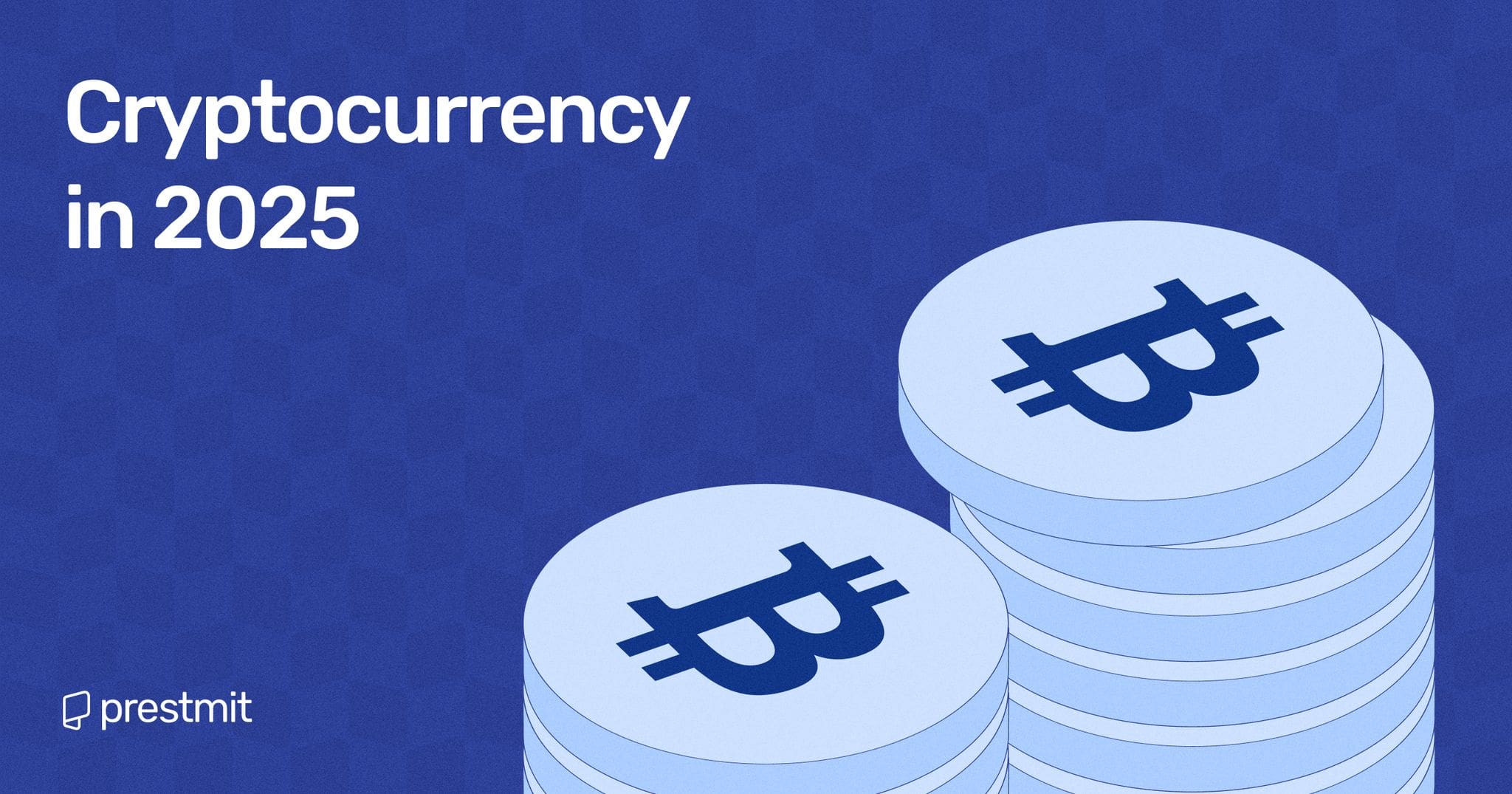Embracing Digital Privacy: Navigating Modern Consent Mechanisms
In our rapidly evolving digital landscape, the need for privacy has become more pressing than ever. Navigating the complexities of consent mechanisms in the vast ocean of technology requires users to be not only aware but proactive in their choices regarding personal data usage. As a tech-savvy individual, I’ve found that understanding how digital advertising companies like AOL and Yahoo operate is essential in making informed decisions.
Understanding the nuances of digital privacy
At the core of these operations lies the practice of using cookies, which are vital to enhancing user experience on websites and apps. Cookies, alongside newer technologies like web storage, allow companies to store and retrieve information from your device, thus facilitating a personalized browsing experience. However, this practice raises significant concerns about user privacy and the extent of data that’s collected and used without explicit consent.
The Dichotomy of Convenience vs. Privacy
Have you ever clicked ‘Accept all’ and then wondered what really goes behind the scenes? Many users, including myself, often do so out of convenience, without fully grasping the implications. The digital landscape is meticulously tailored to our preferences, but at what cost?
In a recent discussion, a friend mentioned their discomfort with targeted ads trailing them across the web. I couldn’t help but relate—those ads that seem to follow us around can feel intrusive, reflecting not just our browsing habits, but also our personal interests, demographics, and location. According to some experts, this kind of surveillance helps companies optimize their advertising strategies, yet it raises ethical concerns about the nature of consent itself. Is clicking ‘Accept all’ truly giving informed consent, or just signing a digital blank check?
Exploring challenges in data privacy
Making Informed Choices
Digital advertising isn’t just about accessibility; it’s also a battleground for our privacy rights. Each of us must be vigilant about the choices we make in managing our privacy settings. When confronted with cookie banners on websites, you can click ‘Reject all’ or ‘Manage privacy settings’ to customize your choices. This active participation gives us a semblance of control over our data.
One recommendation that I often share is to regularly review privacy settings on your favorite platforms, whether it’s through the ‘Privacy dashboard’ or directly via their ‘Privacy policy’. These resources are invaluable for understanding how your personal data might be used, enabling you to make better-informed decisions.
The Role of Transparency in Consent
To enhance user trust, companies should focus on transparency regarding data collection and usage practices. With 240 partners involved in the IAB Transparency & Consent Framework, it’s crucial for users to know who is accessing their data and how it will be utilized. For many, this means a feeling of safety and reassurance—a critical factor in deciding whether to engage with a brand or service.
“Transparency is not just a buzzword; it’s a commitment to ethical practices that respect user privacy.”
Moving Forward in a Data-Driven World
In a world where data is often viewed as currency, the balance between personalization and privacy remains a hot topic. As consumers, we must advocate for ourselves by demanding clearer policies and more straightforward consent processes. Engaging in discussions about data privacy can influence the development of better, more respectful digital practices.
Continuing to educate myself on these matters has allowed me to take steps toward safeguarding my data, but it’s a journey that requires vigilance. It’s not just about accepting terms and conditions mindlessly; it’s about expressing our preferences and demanding accountability from corporations that profit from our information.
Looking ahead to a more secure digital future
Conclusion
Navigating the complexities of digital privacy is no easy feat. As we embrace technology into our daily lives, remembering our rights as digital citizens is paramount. We must remain informed about our choices, standing firm in our pursuit of transparency and respect for our personal data in this ever-evolving digital age. Keep questioning, keep learning, and most importantly, keep choosing wisely.















